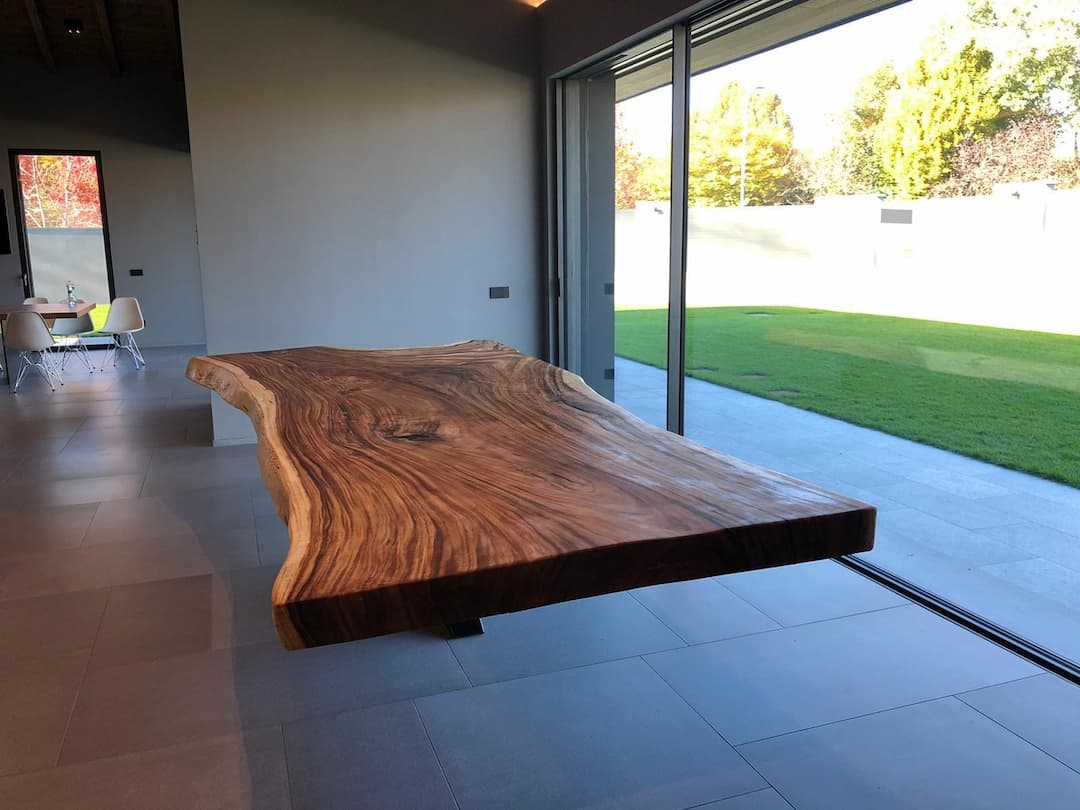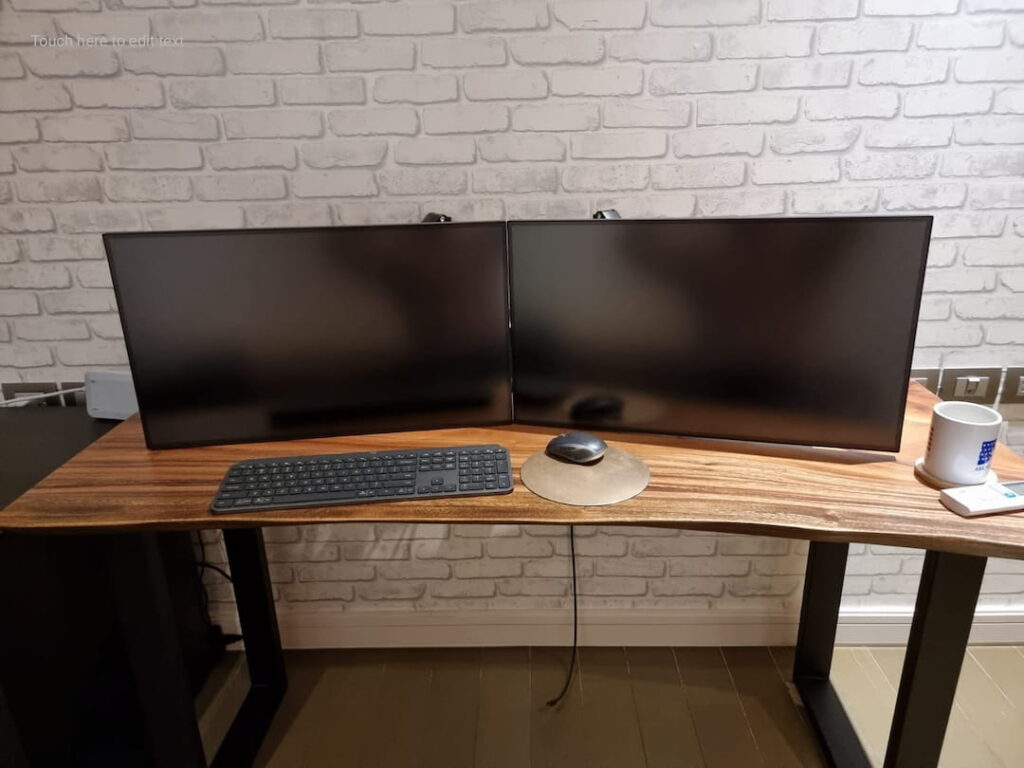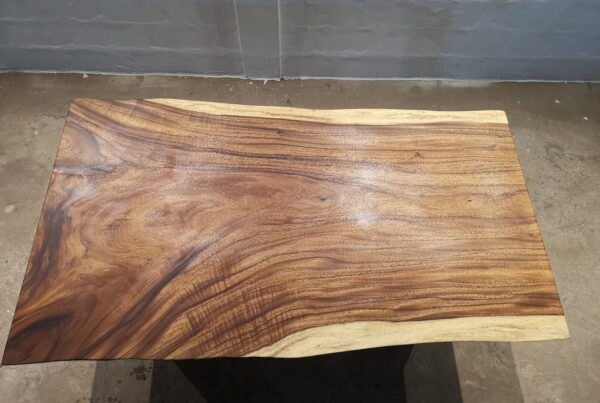
If you’re looking for a few great ideas for furnishing a study corner at your home, look no further. This article offers tips and tricks for creating a quiet space and incorporating personality. Whether you’re a college student or a freelance architect starting up as a solopreneur, here are a few ideas for your study corner. They are sure to inspire and help you turn a boring space into a comfortable and productive study space.
Designing a study corner
You’ll want a corner that’s free of distractions, preferably one where you can study quietly. It might even be possible to turn a family den into a study corner. Choose the quietest part of the room and set up a corner desk or drop down desk-leaf secretary. Use folding screens to reduce the number of distractions, or a tall houseplant as partial screening.
When designing your study space, keep in mind the size of your desk. A good size desk in a corner provides plenty of workspace and can even fit two chairs. Larger desks can be half the length of the room without compromising aesthetics. A floating desk in the corner will give your room a cozy and functional study space, while not taking up too much floor space. You can also use floating wall planters for extra color.
Organizing stationary supplies
The first step to organizing stationary supplies in a study corner at home is to determine where all the necessary items are located. It is not necessary to keep every single pencil or paper in the study corner, but a good selection. Excess supplies can be stored somewhere out of the way and replenished as needed. Then, place the supplies in their proper location. When you have finished organizing the study corner, you can start spring cleaning.
Adding personality
Adding personality to a study corner is not difficult when you have a clear vision for your space and the right people to bring it to life. Explore different designs and pin your favorites. You’ll be amazed at what you can achieve!
 Creating a quiet space
Creating a quiet space
If you haven’t set up a dedicated study space in your home yet, don’t worry – it doesn’t have to be permanent. Just add a desk and some lighting, and you have a fully functional work space. To make the area more private, add a few wooden boxes or partitions, piled up to use as storage shelves. If possible, place the work space in a spot with minimal traffic, so it is quiet and airy. An old-fashioned study desk makes a fun homework station. If you want to add even more glamour into it, try mixing the modern look with a retro-vintage custom epoxy table, it will be a big success for sure.
If you want to create a private study space, consider turning an underutilized closet into a cozy study corner. The room will have the same effect as a larger study room, as the space is visually separated from the sleeping area. You can even install a hanging shelf for storage, if you don’t want to go through the trouble of building a closet just for a study room.
Adding natural light
Natural light can have a positive impact on your mood and eyes. It helps you to relax and reduces stress during long hours of reading and writing. Although natural light is best for daytime use, you’ll still need a secondary light source for nighttime use. Pendant lighting is a great option. It is both sturdy and stylish. And you don’t have to spend a fortune on it to get the job done. Natural light will make a huge difference in how productive you can be when studying or working.
LTJ Arbor collection includes dining tables, coffee tables, and outdoor tables with both live edges and straight cut options



 Creating a quiet space
Creating a quiet space![The many uses and benefits of resin tables [part 2]-22](https://ltjarbor.com/wp-content/uploads/2022/01/The-many-uses-and-benefits-of-resin-tables-part-2-22-e1642739105272-600x403.jpg)

